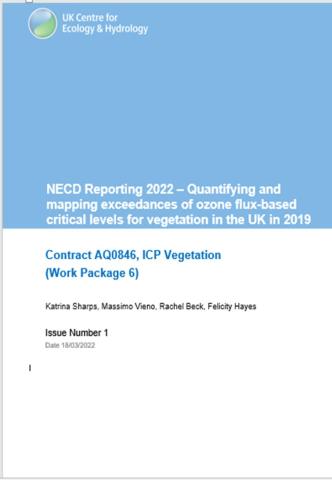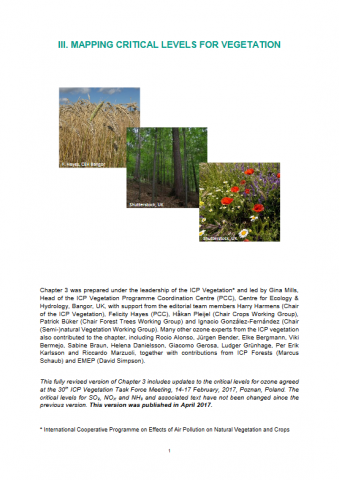| Title | A comparison of North American and Asian exposure-response data for ozone effects on crop yields |
| Publication Type | Journal Article |
| Year of Publication | 2009 |
| Authors | Emberson L.D, Buker P., Ashmore M.R, Mills G., Jackson L.S, Agrawal M., Atikuzzaman M.D, Cinderby S., Engardt M., Jamir C., Kobayashi K., Oanh N.TK, Quadir Q.F, Wahid A. |
| Journal | Atmospheric Environment |
| Volume | 43 |
| Pagination | 1945-1953 |
| Date Published | Apr |
| Keywords | ozone |
| Abstract | Modelling-based studies to assess the extent and magnitude of ozone (O-3) risk to agriculture in Asia suggest that yield losses of 5-20% for important crops may be common in areas experiencing elevated O-3 concentrations. These assessments have relied on European and North American dose-response relationships and hence assumed an equivalent Asian crop response to O-3 for local cultivars, pollutant conditions and climate. To test this assumption we collated comparable dose-response data derived from fumigation, filtration and EDU experiments conducted in Asia on wheat. rice and leguminous crop species. These data are pooled and compared with equivalent North American dose-response relationships. The Asian data show that at ambient O-3 concentrations found at the study sites (which vary between similar to 35-75 ppb 4-8 h growing season mean), yield losses for wheat, rice and legumes range between 5-48, 3-47 and 10-65%, respectively. The results indicate that Asian grown wheat and rice cultivars are more sensitive to O-3 than the North American dose-response relationships would suggest. For legumes the scatter in the data makes it difficult to reach any equivalent conclusion in relative sensitivities. As such, existing modelling-based risk assessments may have substantially underestimated the scale of the problem in Asia through use of North American derived dose-response relationships. (c) 2009 Elsevier Ltd. All rights reserved. |

